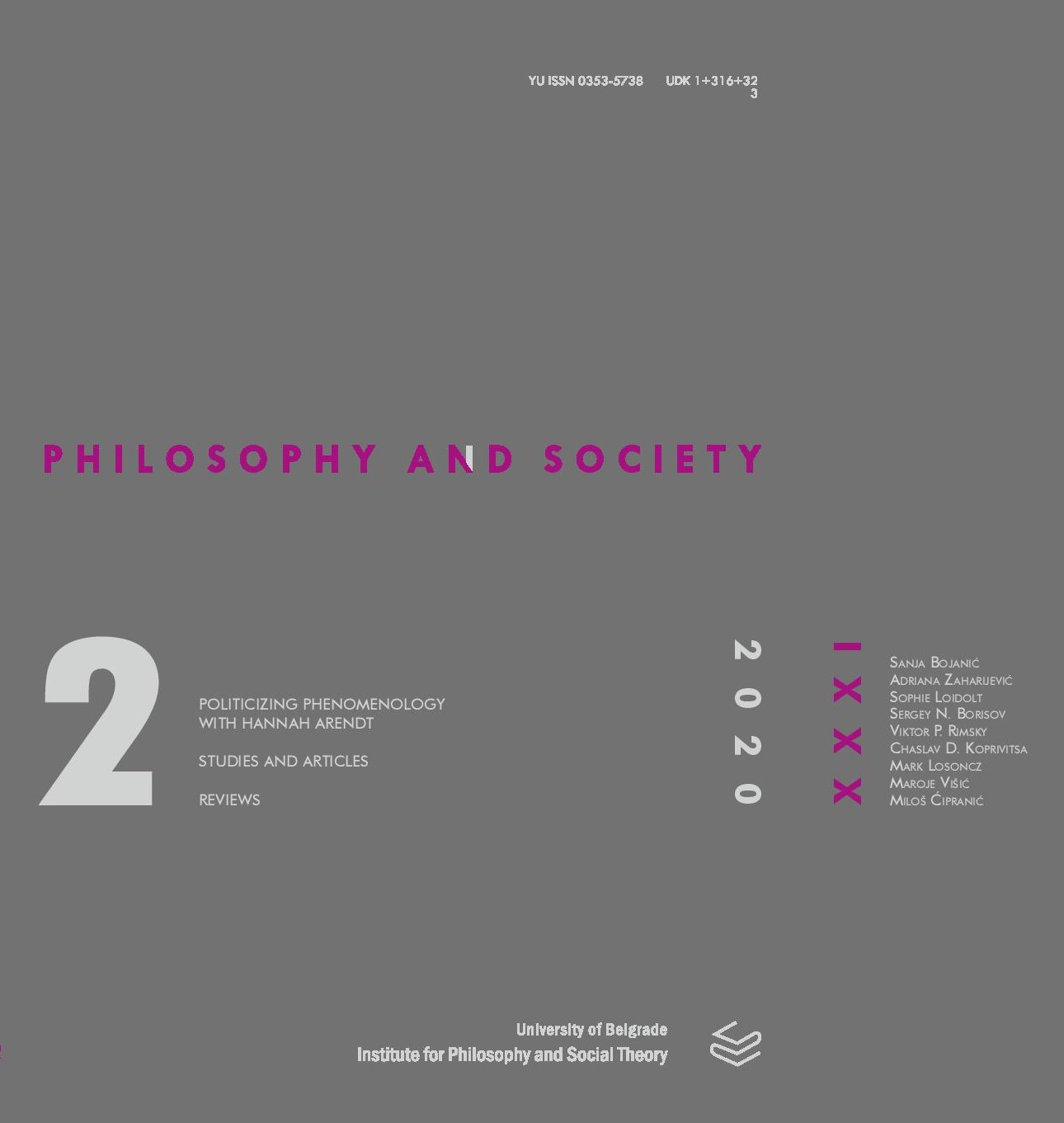IVORY TOWER AND BARRICADES: MARCUSE AND ADORNO ON THE SEPARATION OF THEORY AND PRAXIS
IVORY TOWER AND BARRICADES: MARCUSE AND ADORNO ON THE SEPARATION OF THEORY AND PRAXIS
Author(s): Maroje VišićSubject(s): Political Philosophy, Social Philosophy
Published by: Institut za filozofiju i društvenu teoriju
Keywords: Marcuse; Adorno; Horkheimer; Krahl; correspondence; critical theory; praxis; actionism; 1968; 1969; student movements; Frankfurt School
Summary/Abstract: The events of 1968/69 initiated a dispute between Adorno and Marcuse over the (alleged) separation of theory and praxis. While Marcuse “stood at the barricades” Adorno sought recluse in the “ivory tower”. Marcuse and German students perceived Adorno’s move as departure from fundamental postulates of critical theory as laid down in Horkheimer’s 1937 essay. Adorno died amidst the process of clarifying his differences with Marcuse and thus the “unlimited discussions” between the two remain unfinished. This paper sets to examine how both Marcuse and Adorno remained dedicated to the unity of theory and praxis, albeit in different ways. I argue that Adorno did not separate theory and praxis; instead, he perceived the gap between critical theory and concrete historical situation. Adorno rejected simple and unreflective translation of theory into praxis. Hence his attempt to recalibrate critical theory. Marcuse’s and Adorno’s differences lie in their different evaluation of the student movement and this (mis)evaluation was context related. My second argument is that Marcuse/Adorno disagreement is partly caused by the absence of the two from the concrete historical context.
Journal: Filozofija i društvo
- Issue Year: 31/2020
- Issue No: 2
- Page Range: 220-241
- Page Count: 22
- Language: English

